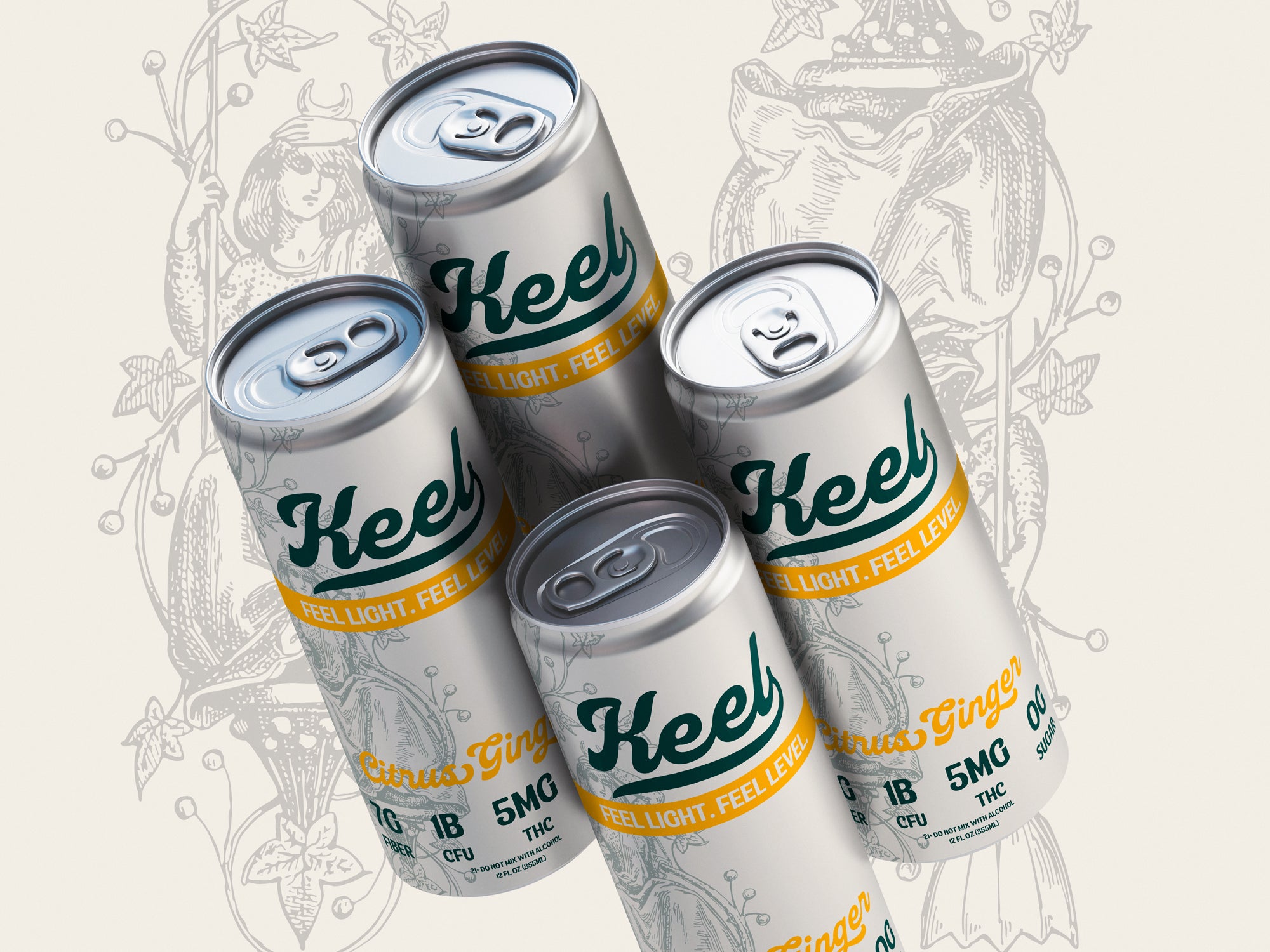Prebiotic fiber is a non-digestible fiber that passes through your small intestine and reaches the large intestine mostly intact. There, it becomes food for beneficial microbes. Think of it as fertilizer for your gut garden. The bacteria ferment prebiotic fibers and create helpful metabolites such as short chain fatty acids. Those metabolites are linked to a healthy gut environment and support normal bowel regularity.
Prebiotics are found in foods like oats, legumes, onions, garlic, bananas, and in certain soluble fibers that are formulated for beverages. Not all fibers act the same in your body. Some gel up and feel thick. Others stay light in solution and are easier to drink.
How prebiotics support the gut
When microbes digest prebiotic fiber, they create short chain fatty acids such as acetate, propionate, and butyrate. These compounds help maintain a balanced gut environment. They also help keep stool form and frequency in a normal range. In day to day terms, prebiotics help your digestion feel predictable and steady.
Other supportive effects
- Feed beneficial bacteria so they can thrive
- Crowd out less desirable microbes through competition
- Support a healthy intestinal barrier and normal motility
The benefit you feel is not from the fiber alone. It is from the fiber plus the microbes that use it. That is why quality matters.
Prebiotic vs probiotic vs synbiotic
People often mix up these terms. Use this simple guide when you read labels.
| Term | Plain English | What to look for on labels |
|---|---|---|
| Prebiotic | Fiber that you do not digest. It feeds beneficial bacteria. | Real fiber grams per serving. Ingredient names like inulin, PHGG, resistant maltodextrin. |
| Probiotic | Live, friendly bacteria you consume. | CFU count, the strain or species, and clarity about when the CFU is measured. |
| Synbiotic | Prebiotic and probiotic together in one product or routine. | Fiber grams plus a meaningful CFU count. Look for CFU at end of shelf life. |
If you want a deeper dive on combining the two, see Synbiotic Drinks: Prebiotics + Probiotics Together.
How much prebiotic fiber per day
Daily fiber recommendations for adults are typically in the range of 25 to 38 grams per day depending on sex and energy needs. Most people fall short. Adding prebiotic fiber to your day can help close that gap. A practical approach is to add 5 to 10 grams of soluble prebiotic fiber and then build from there based on how you feel.
Tips for sizing your serving
- Start low and go gradual. Your gut needs time to adjust.
- Drink more water as you add fiber.
- Spread intake across the day if you prefer gentler digestion.
Label reading
- Look for the Dietary Fiber line on Nutrition Facts.
- Check Total Sugars and Added Sugars if you want a low sugar routine.
- For products with probiotics, look for a CFU statement that is measured at end of shelf life, not just on day one.
Gentle options for sensitive stomachs
Not all fibers feel the same in a drink. Some gel and create a thick texture. Others stay near water-like.
PHGG
Partially hydrolyzed guar gum is a soluble fiber that dissolves clear and stays low viscosity. Many people find it easier to tolerate than gel forming options. It works well in still beverages and does not add chalky texture.
Resistant maltodextrin
This is a digestion resistant soluble fiber made from starch. It adds fiber and a touch of body while staying light. It also dissolves clear and is a good partner for PHGG in beverage formats.
Why these two work well together
- Both dissolve cleanly and avoid sludge or grit
- Both can create a drink that is light like iced tea rather than thick
- The blend supports digestive health and regularity without a heavy mouthfeel
Practical ways to add prebiotics
You can mix and match approaches so it fits your life.
Food ideas
- Oats with banana and walnuts
- Lentil soup with onions and carrots
- Roasted chickpeas
- Yogurt with a high fiber topping
Beverage ideas
- A still synbiotic drink that uses PHGG and resistant maltodextrin with a low sugar profile
- A smoothie with berries and a measured serving of a gentle soluble fiber
Routine ideas
- Morning gut ritual with a light fiber beverage
- Afternoon pick me up that is not a soda
- Evening alternative to alcohol
If you want a combined option that pairs prebiotics with probiotics, look at a synbiotic beverage that discloses fiber grams, CFU, sugar, and has accessible COAs.
How to add prebiotic fiber to your day
- Pick one source. Choose a food or drink that delivers at least 5 grams of soluble prebiotic fiber.
- Start small. Use the same serving daily for three to five days so your gut can adjust.
- Hydrate. Drink water alongside your fiber.
- Evaluate. Notice stool form and comfort. If you want more support, step up by 2 to 3 grams.
- Consider a synbiotic. Add a probiotic source or select a product that contains both prebiotic fiber and live cultures.
Frequently asked questions
Is prebiotic fiber the same as fiber
All prebiotics are fibers, but not all fibers are prebiotics. A prebiotic must resist digestion in the small intestine and be fermented by beneficial microbes in the large intestine. It should also have a beneficial effect on the host. In simple terms, it needs to feed the right microbes and support normal digestion.
How fast do prebiotics work
Some people notice changes in regularity within a few days. For others it takes one to two weeks. Consistency is more important than size of a single serving. Start with a small daily amount and adjust based on comfort.
Can I take prebiotics daily
Yes. Daily intake is the goal because your microbes need a steady food supply. Start low, hydrate, and increase slowly until you reach your personal sweet spot.
Label checklist you can use in the store
- Fiber type is named. Look for PHGG and resistant maltodextrin if you prefer a light mouthfeel.
- Real grams of fiber per serving are listed.
- Total sugar is low and added sugar is low or zero.
- If probiotics are included, the CFU statement says at end of shelf life.
- There is a link to COAs for transparency.
When to consider a synbiotic option
A synbiotic combines prebiotics and probiotics in one routine. This can be a beverage that pairs gentle soluble fiber with a stable probiotic strain. Look for a CFU count that is guaranteed at the end of shelf life and for a sugar number that fits your goals. For an overview of what makes a good synbiotic, read Synbiotic Drinks: Prebiotics + Probiotics Together.
Simple comparison of common fiber experiences
| Fiber type | Typical texture in water | Common experience |
|---|---|---|
| Psyllium | Gel forming and thick | Can feel heavy or chalky if not mixed fast |
| Inulin | Can be slightly thick and slightly sweet | May feel fine for some and gassy for others |
| PHGG | Clear and light | Often bloat friendly in beverage formats |
| Resistant maltodextrin | Clear and light | Adds body without heaviness |


